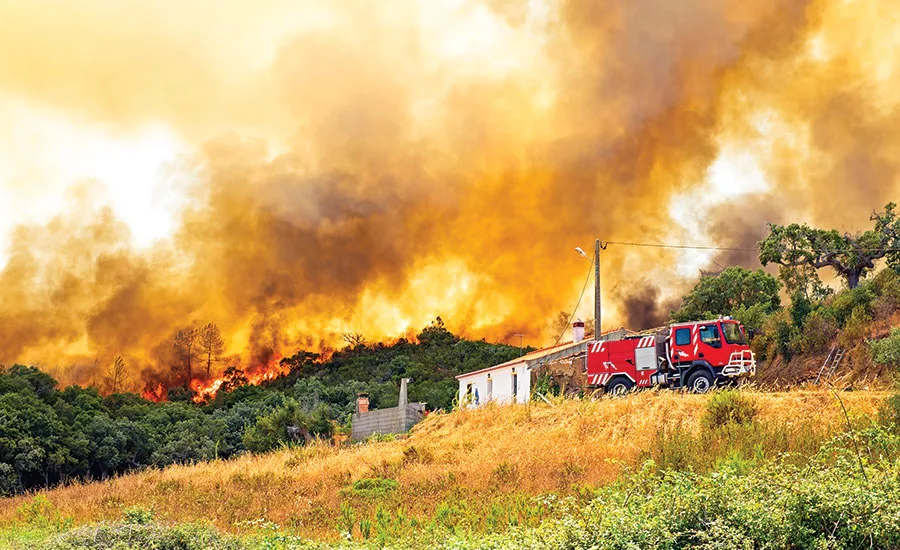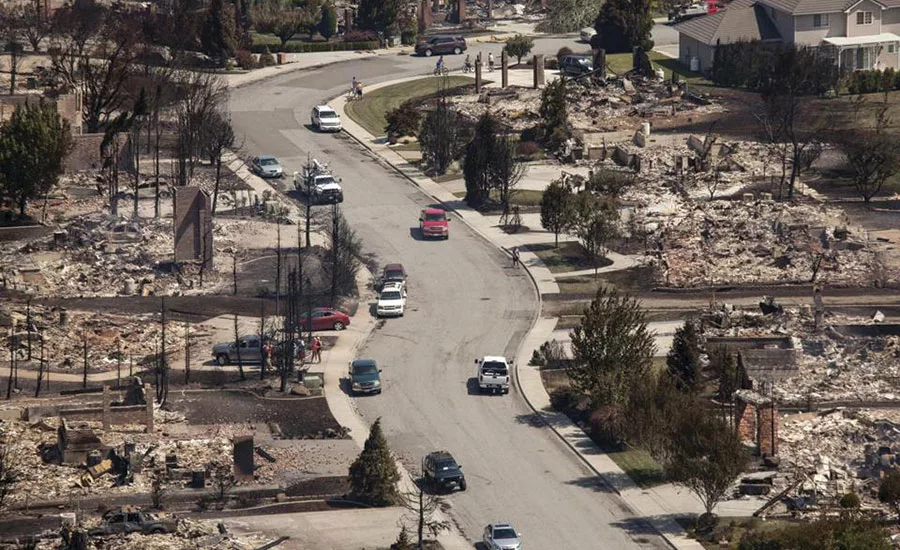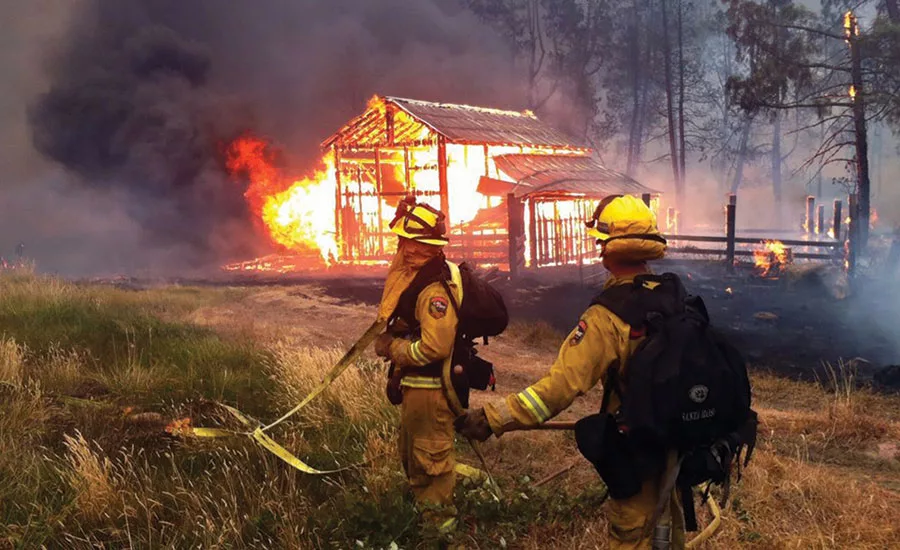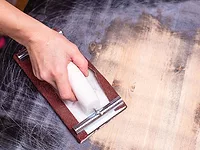Special Section: Prepping for Disaster
When Disaster Strikes: Contents Restoration in Extreme Conditions




When disaster strikes, we see the outside devastation by the number of homes damaged or completely destroyed. But for most, the real devastation happens inside the home.
Roofing, siding, sheetrock and flooring are easily replaced. However, the difficult part of replacing or restoring starts when you must sift through the carnage in the wake of a mass storm or wildfire, hoping to be able to salvage some treasures and memories once stored inside.
The summer of 2015 was the worst wildfire season in the history of Washington State. Many other states are affected by these infernos every year, and the danger is increasing at an alarming rate.
From 2005 to 2014, the U.S. was ravaged by wildfires that burned 6.4 million acres in that nine-year span. In 2015 alone, that number nationwide was a staggering 9.4 million acres. By these numbers, we can see the need is great for restoration contractors that are well- staffed, trained and equipped to handle catastrophes.
You will often find a wide range of contents restoration services that are needed in these types of situations which can range from smoke, fire, water, or hurricane damage to mold caused by severe flooding.
Regardless of the disaster situation you are dealing with, you will need some basic things in place to be able to handle the work load and help your clients through such a tough situation when dealing with their contents.
1. Resources
When dealing with a large loss catastrophe, it is imperative you have the resources to handle the work flow efficiently. Resources like labor force, materials, supplies, equipment and the financial backing to carry your business until money starts coming in. It’s one thing to handle two, three or even five content jobs in a month. It’s another to be able to sign and tackle 15 jobs in just 48 hours.
Time is of the essence when it comes to fire damage and jobs cannot wait for you to handle triage situations and not access them for several days. You must get to them as quick as possible. In order to do this, you will need to know what resources you will have at your disposal so you know how much work you can take on.
These resources need to include personnel to do the billing onsite or as soon as a job is completed. I have seen restoration contractors go bankrupt because they did $400K in work that they didn’t have the time to bill out and their cash flow dried up.
Sometimes the local resources can be challenging as well. For example: the availability of clean, hot water, which is vital for successful contents cleaning.
Bottom line: taking on more jobs than your resources can handle is a recipe for failure.
2. Systems
It is imperative you have systems in place for reordering supplies, quality control, billing, tracking equipment, and complete all the authorization paperwork necessary to handle multiple jobs at once.
Make no mistake there is great opportunity in CAT loss situations to generate a huge amount of financial growth for any company, but if you do not have the systems in place to handle the influx of work and extra expense, you could be creating a huge nightmare for yourself.
The systems that I am talking about do not have to be complicated. They can be as simple as having some basic checklists and touch point systems for your team to follow on each and every job.
Handling contents in a loss takes a lot of organization and teamwork so all the details are properly executed. A very important part of this is your system is for billing out jobs as they are completed. Billing CAT loss jobs is quite different than billing out single jobs. Plus, billing out contents is different than billing out emergency services and needs to be kept separate from the structure bill. Jobs are completed very quickly and you may not get a second chance to go back for missed information or measurements.
Also, know you will quite often never even meet the adjuster assigned to the job. CAT loss adjusters are usually flown in to the area and their goal is to assess, write a scope and cut a check on the spot. So having information correct, detailed and thorough can mean the difference between getting paid or not.
3. Authorization
Are you authorized to work in another state or city? This is an area that is often overlooked by new or unaware contractors. If the wildfire or disaster is in your state of business, then you are probably good to go. But you may need to check with different cities within your state to see if you need any additional licensing.
If you are planning on working in another state, you need to do your due diligence and make sure you are not breaking any state laws as an out of state business working within their borders. Several states in which we have done CAT losses have required us to have local licensing. You can sometimes avoid this by working through a local business or contractor if possible.
Even though you are a “cleaning” contractor, you are still contracting services for hire and need to be sure you are doing so legally. Without such a license or authorization to work in a particular state, you may not have any legal recourse when it comes to collecting on a job.
Helping people in the middle of chaos can be very tiring and sometimes stressful work. But there is no greater reward than knowing you were there to help ease a customer’s stress and make the entire experience a little less painful.
Looking for a reprint of this article?
From high-res PDFs to custom plaques, order your copy today!








